Shanghai is the largest city and a global financial hub in China. It is a dynamic metropolis blending modern skyscrapers with historical charm. Situated on the eastern coast, it is renowned for its impressive skyline along the Bund, diverse cultural scene, and vibrant nightlife. Shanghai offers a mix of cutting-edge architecture, like the Shanghai Tower, and colonial-era buildings. The city is also a shopping paradise, featuring everything from luxury boutiques to bustling markets. With its rich blend of East and West, traditional and contemporary, Shanghai stands as a symbol of China’s rapid modernization and cultural fusion.
In this guide, I will show you what to visit in Shanghai, including the most popular attractions in this big busy city.
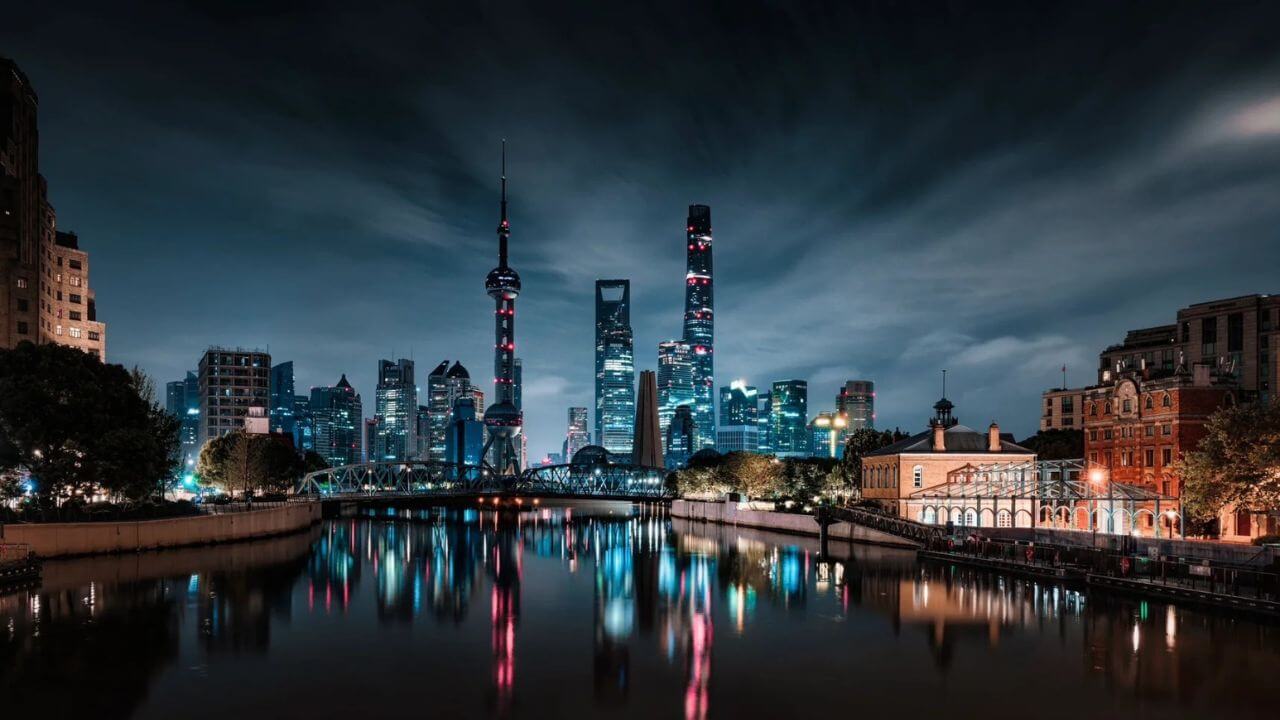
Shanghai is where the future meets the past, blending ultramodern skyscrapers with rich cultural heritage in a vibrant, ever-evolving cityscape.
The Bund (Waitan)
The Bund (Waitan) is a historic waterfront area along the Huangpu River in Shanghai. Known for its stunning colonial-era architecture and panoramic views of the modern Pudong skyline, the Bund is a must-visit destination that epitomizes the blend of old and new in Shanghai.
- Location: Zhongshan East 1st Road, Huangpu District, Shanghai
- Length: Approximately 1.5 kilometers (0.9 miles)
- Historical Significance: Developed as a British settlement in the late 19th and early 20th centuries
- Architectural Styles: A mix of Gothic, Baroque, Romanesque, Classicism, and Renaissance influences
Why visiting The Bund
Iconic Buildings:
- Peace Hotel: An Art Deco landmark known for its luxurious interior and historic significance.
- Bank of China Building: A striking example of modernist architecture from the 1930s.
- Customs House: Featuring a prominent clock tower modeled after Big Ben.
Huangpu Park:
- The oldest public park in Shanghai, offering green spaces and statues commemorating historical events.
Bund Promenade:
- A wide walkway along the river, ideal for leisurely strolls and capturing breathtaking views of the Pudong skyline, especially at night when the area is illuminated.
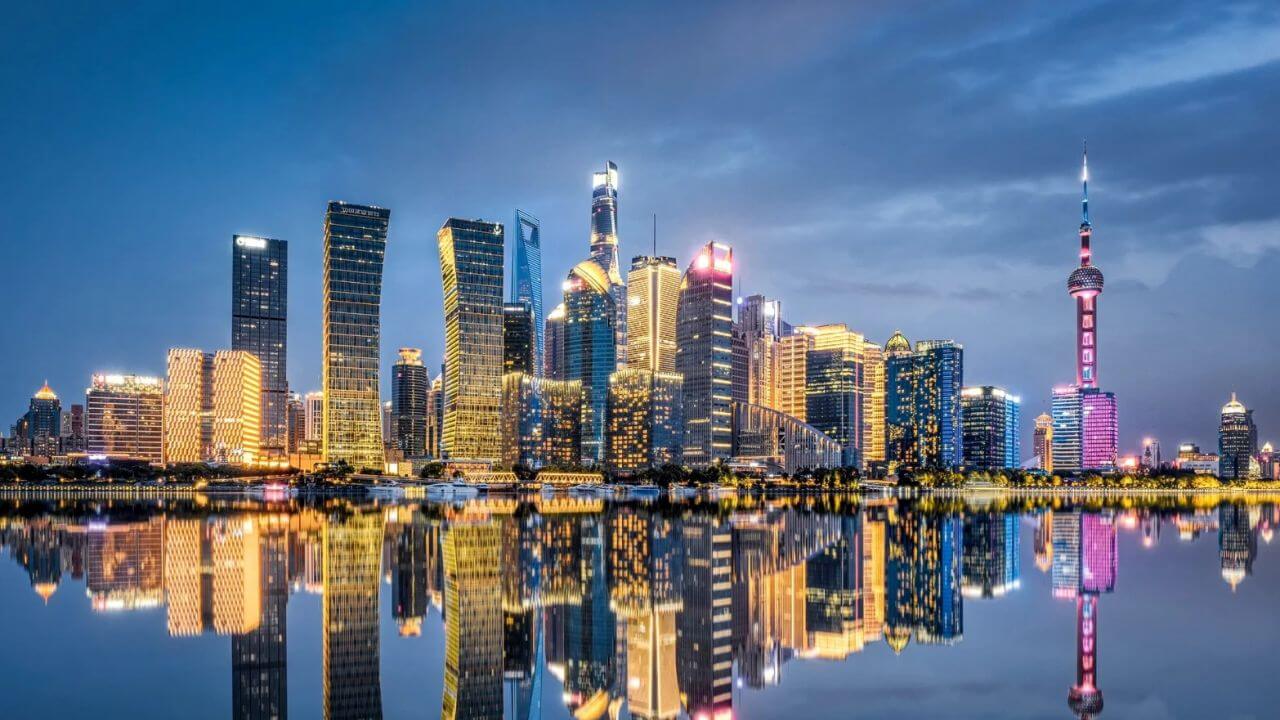
What Travelers Want to Know
- Best Time to Visit: Early morning for fewer crowds or evening to see the stunning lights of the Pudong skyline.
- Activities: Take a river cruise to get a unique perspective of the Bund and Pudong, or join a guided walking tour to learn about the history and architecture.
- Photography Tips: The best spots for photography are near the Waibaidu Bridge and along the promenade, particularly at sunrise or sunset.
- Dining and Shopping: The Bund area offers high-end restaurants, bars, and shops. Enjoy a meal with a view at one of the rooftop bars or fine dining establishments.
Travel Tips
- Getting There:
- Metro: Line 2 or Line 10 to East Nanjing Road Station, then a short walk to the Bund.
- Bus: Several bus routes service the area, including routes 20, 42, and 55.
- Accessibility: The promenade is wheelchair accessible and has several viewing platforms.
- Safety: The Bund is generally safe, but be mindful of pickpockets in crowded areas.
Did you know?
- There are 22 heritage buildings on the Bund.
- The first foreign building constructed on the Bund was in 1851.
- There are approximately 1600 wooden piles supporting the Fairmont Peace Hotel.
Pro tip: Do not visit The Bund during National Holidays, it’s very very crowded. Or if you are already there on the holidays, you need to head to the North Bund, the place where local Shanghainese go. There are fewer people and the view is also stunning.
How to get there? It is about 30 minutes away from the Bund to the North Bund, on the way you will pass through historical buildings.
Shanghai Tower
Shanghai Tower is the tallest building in China and the second tallest in the world. This architectural marvel stands as a symbol of Shanghai’s rapid modernization and economic prowess, offering breathtaking views and cutting-edge design.
- Location: Lujiazui, Pudong District, Shanghai
- Height: 632 meters (2,073 feet)
- Floors: 128 above ground, 5 below ground
- Completed: 2015
- Architectural Style: Neo-futurism
Key Attractions
Observation Deck:
Located on the 118th floor, it is one of the highest observation decks in the world, offering panoramic views of Shanghai and beyond.
Shanghai Tower Museum:
An informative space on the lower floors that details the construction and design of the tower, as well as Shanghai’s urban development.
Sky Lobbies:
Located at various heights within the tower, these provide unique vantage points and serve as hubs for the tower’s office spaces.
World’s Fastest Elevators:
The elevators travel at speeds of up to 20.5 meters per second, whisking visitors to the observation deck in under a minute.
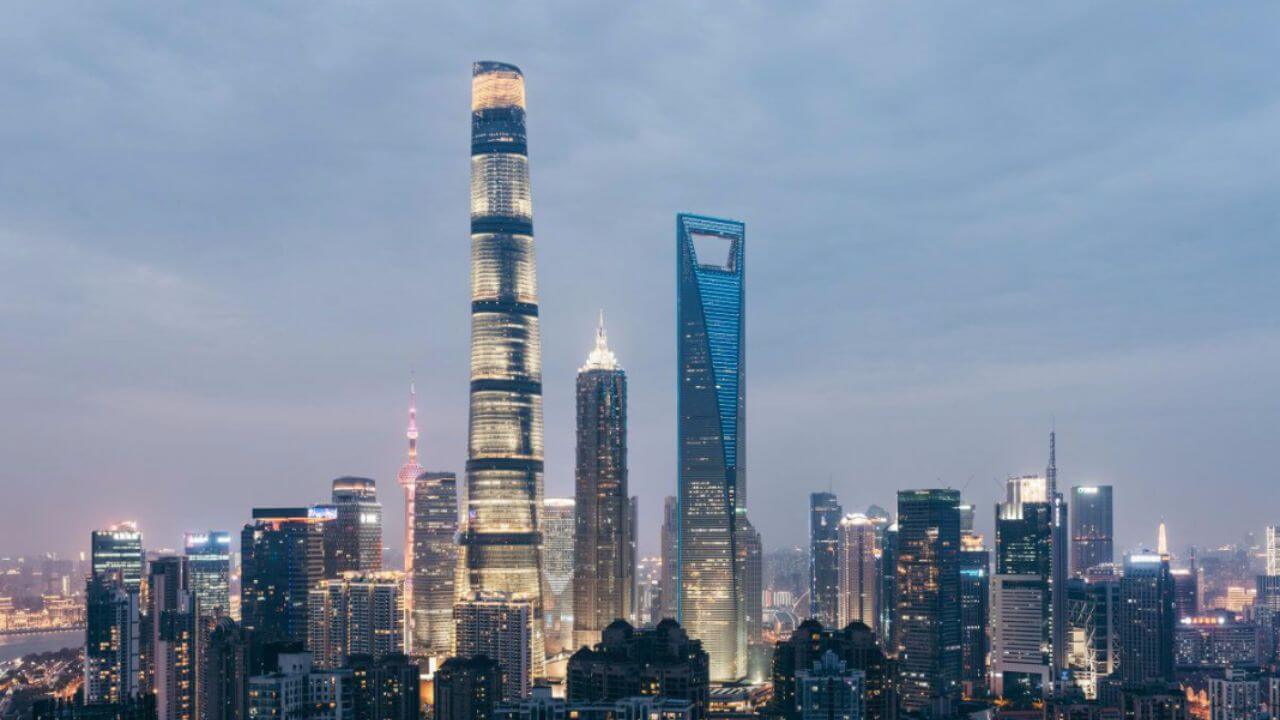
Tips from experienced travel guide
- Best Time to Visit: Early morning for clear views and fewer crowds, or evening to see the city illuminated.
- Activities: Take in the 360-degree views from the observation deck, learn about the tower’s design in the museum, and enjoy a meal or drink at one of the sky-high restaurants and cafes.
- Photography Tips: Bring a wide-angle lens to capture the expansive views, and visit at sunset for stunning photos of the city transitioning from day to night.
- Dining: The tower houses several high-end restaurants and cafes, offering a mix of international and Chinese cuisine with spectacular views.
Travel Tips
- Getting There:
- Metro: Line 2 or Line 14 to Lujiazui Station, then a short walk to the tower.
- Bus: Several bus routes, including routes 85, 799, and 981, stop near the tower.
- Tickets:
- Observation Deck: Tickets are required and can be purchased online or at the tower. Prices vary based on the time of day and package options.
- Accessibility: The tower is fully accessible with elevators and facilities for disabled visitors.
- Safety: Follow all safety guidelines and instructions, especially in the observation areas.
Yu Garden (Yuyuan Garden)
Yu Garden, also known as Yuyuan Garden, is a classical Chinese garden located in the heart of Shanghai’s Old City. It is a stunning example of traditional Chinese landscape architecture, offering a peaceful retreat amidst the bustling city.
- Location: Huangpu District, Shanghai
- Established: 1559 during the Ming Dynasty
- Area: 5 acres
- Chinese Name: 豫园 (Yùyuán)
Key Attractions
Exquisite Jade Rock:
A famous 3.3-meter-tall rock with numerous holes, considered one of the three great rocks of the southern regions of the Yangtze River.
Sansui Hall
The largest hall in the garden, originally used for entertainment and gatherings, now showcases traditional Chinese furniture and art.
Grand Rockery:
A 12-meter-high rockery made of Huangshi stone, providing a panoramic view of the garden from the top.
Lotus Pond:
A serene pond surrounded by pavilions and walkways, featuring beautiful lotus flowers in the summer.
Nine-Turn Bridge:
A zigzag bridge leading to the iconic Mid-Lake Pavilion Teahouse, designed to ward off evil spirits according to Chinese superstition.
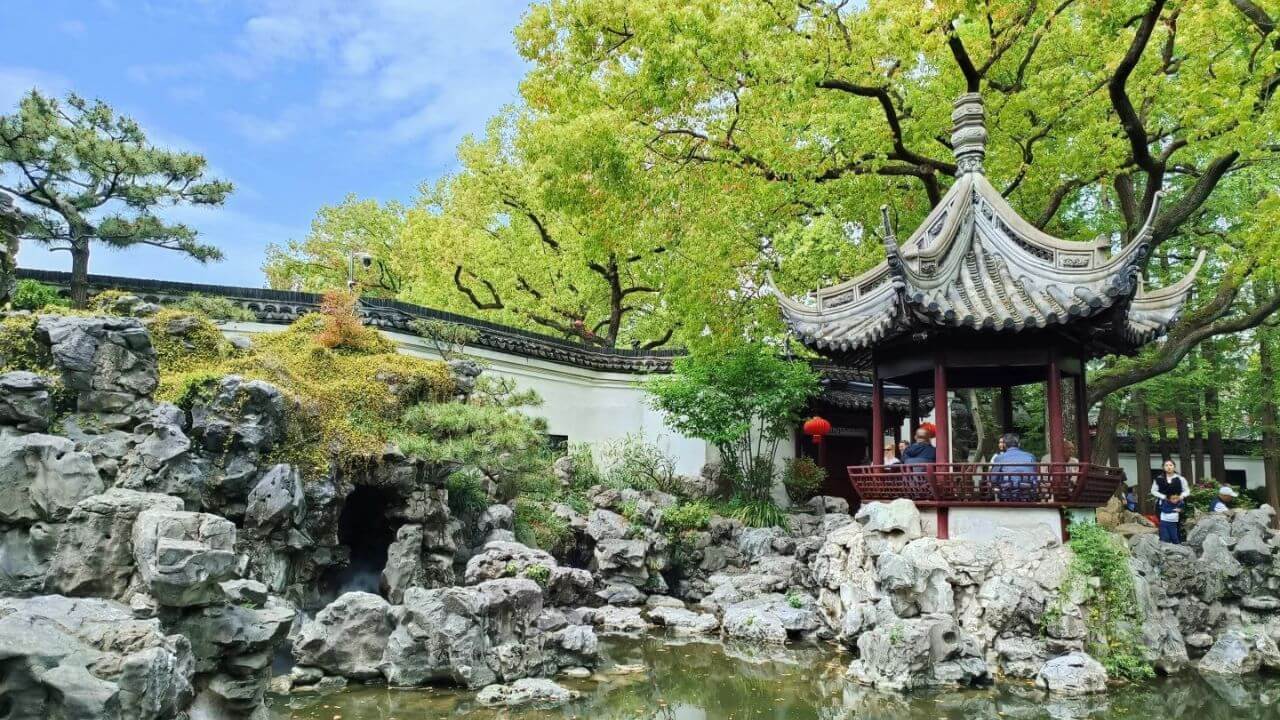
What Travelers need to Know
- Best Time to Visit: Early morning to avoid the crowds and experience the garden in a tranquil setting, but the magic starts at night. When the light are on whole place is turning in to magic land. Spring and autumn offer the most pleasant weather.
- Activities: Stroll through the meticulously designed pavilions, halls, rockeries, and ponds. Enjoy a traditional tea ceremony at the Mid-Lake Pavilion Teahouse.
- Photography Tips: Capture the intricate details of the pavilions and rockeries, and visit in the early morning or late afternoon for the best natural lighting.
- Dining and Shopping: The garden is adjacent to Yuyuan Bazaar, a lively market area where you can find local snacks, souvenirs, and traditional Chinese crafts.
Travel Tips
- Getting There:
- Metro: Line 10 to Yuyuan Garden Station, then a short walk to the garden.
- Bus: Multiple routes, including routes 11, 26, and 64, stop near the garden.
- Tickets:
- Entry Fee: ¥30 (low season), ¥40 (high season).
- Operating Hours: 8:30 am to 5:30 pm (last entry at 5:00 pm).
- Accessibility: The garden has some uneven paths and steps, so it may not be fully accessible for those with mobility issues.
- Try some of the Yu Garden food: Sweet potato taro dumpling is purple dumpling with unique taste. Try also buns filled with meat, there are so many vendors with food and drinks that are so tasty. Do not miss to try Xiao Long Bao.
- Credit cards: Connect your cards with Wechat Pay or Alipay.
Good to know:
The garden is said to have been built by a government officer named Pan Yunduan as a gift for his parents to enjoy a tranquil and happy time in their old age. The name “Yu” means “peace and comfort,” reflecting this purpose.
Oriental Pearl Tower
The Oriental Pearl Tower is one of Shanghai’s most recognizable landmarks, known for its futuristic design and stunning views of the city. Situated in the heart of Pudong, this TV tower has become a symbol of Shanghai’s rapid development and modernity.
- Location: Lujiazui, Pudong District, Shanghai
- Height: 468 meters (1,535 feet)
- Completed: 1994
- Architectural Style: Futurism
- Chinese Name: 东方明珠塔 (Dōngfāng Míngzhūtǎ)
Key Attractions
Observation Decks:
- Space Module (351 meters): The highest observation deck, offering panoramic views of Shanghai.
- Sightseeing Floor (263 meters): Features a glass-floor walkway for a thrilling experience.
- Lower Sphere (90 meters): Provides a different perspective of the city and surrounding areas.
Shanghai History Museum:
- Located at the base of the tower, this museum showcases Shanghai’s history through dioramas, photographs, and artifacts.
Revolving Restaurant:
- Situated at 267 meters, this restaurant offers 360-degree views of the city while you dine on a variety of international and Chinese dishes.
Outdoor Sightseeing Deck:
- At 259 meters, this deck allows visitors to step outside and enjoy the view from an open-air platform.
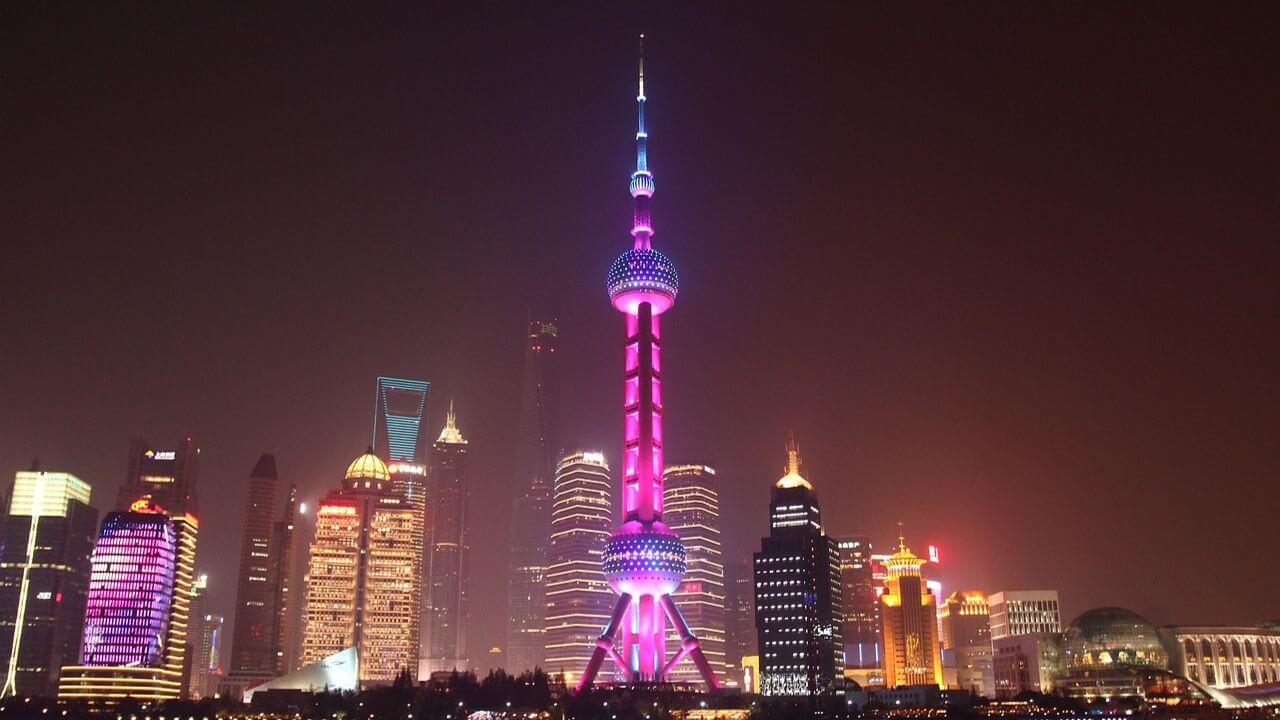
What Travelers Want to Know
- Best Time to Visit: Early morning or late afternoon to avoid crowds and enjoy the best lighting for views and photography. Evening visits offer spectacular night views of Shanghai’s illuminated skyline.
- Activities: Visit the observation decks for stunning views, dine in the revolving restaurant, and explore the Shanghai History Museum.
- Photography Tips: The glass-floor walkway on the Sightseeing Floor offers unique photo opportunities. Sunset and night views are particularly breathtaking.
- Dining and Shopping: The tower has several dining options and gift shops offering unique souvenirs and memorabilia.
Travel Tips
- Getting There:
- Metro: Line 2 to Lujiazui Station, then a short walk to the tower.
- Bus: Multiple routes, including routes 81, 82, and 85, stop near the tower.
- Tickets:
- Observation Decks: Various ticket packages are available, ranging from ¥160 to ¥220, depending on the floors and attractions you wish to visit.
- Operating Hours: 8:30 am to 9:30 pm (last entry at 9:00 pm).
- Accessibility: The tower is fully accessible, with elevators and facilities for disabled visitors.
Did you know?
The tower’s design features 11 spheres of varying sizes, symbolizing pearls of different sizes falling onto a jade plate, inspired by a Chinese poem.
Nanjing Road
Nanjing Road is Shanghai’s most famous shopping street, renowned for its vibrant atmosphere and extensive array of retail options. Stretching from the Bund to Jing’an Temple, this bustling commercial hub is divided into two sections: Nanjing Road East and Nanjing Road West. With its mix of high-end boutiques, department stores, and local shops, Nanjing Road offers a shopping experience that caters to all tastes and budgets.
- Location: Huangpu District, Shanghai
- Length: Approximately 5.5 kilometers (3.4 miles)
- Sections: Nanjing Road East (from the Bund to People’s Square) and Nanjing Road West (from People’s Square to Jing’an Temple)
- Chinese Name: 南京路 (Nánjīng Lù)
Key Attractions
Nanjing Road East:
- Pedestrian Street: A lively, car-free zone lined with shops, restaurants, and entertainment venues.
- Historic Department Stores: Iconic stores such as the Shanghai No.1 Department Store and the Shanghai First Foodhall.
- Street Performers: Enjoy various street performances and traditional Chinese entertainment.
Nanjing Road West:
- Luxury Boutiques: High-end brands like Louis Vuitton, Gucci, and Prada can be found here.
- Modern Malls: Plaza 66 and Westgate Mall offer a blend of luxury shopping, dining, and entertainment.
- Art Galleries: The area also features several art galleries and cultural spaces.
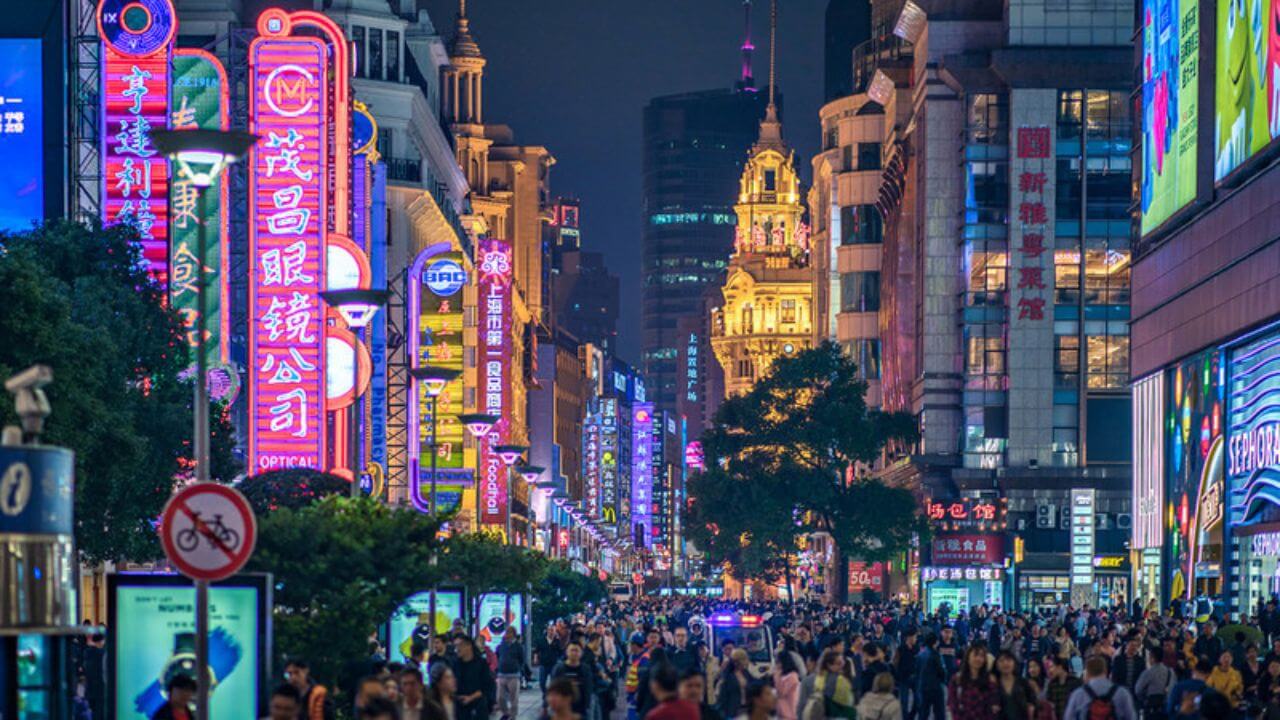
What you’ll need to Know
- Best Time to Visit: Evenings are particularly vibrant, with illuminated storefronts and a bustling crowd. Weekdays are less crowded than weekends.
- Activities: Shop for everything from luxury goods to local souvenirs, dine at a variety of restaurants, and enjoy the street performances.
Travel Tips
- Getting There:
- Metro: Line 1, Line 2, and Line 8 to People’s Square Station; Line 2 and Line 10 to Nanjing Road East Station; Line 2 and Line 13 to Nanjing Road West Station.
- Bus: Multiple routes service Nanjing Road, including routes 20, 37, and 921.
- What to Bring: Comfortable walking shoes for exploring the long shopping street, and a reusable shopping bag for purchases.
- Local Tips:
- Bargaining: While high-end stores have fixed prices, bargaining is common in smaller shops and markets.
- Food and Snacks: Try local snacks from street vendors, such as Shanghai’s famous steamed buns and sesame pancakes.
- Rest Areas: Look for cafes and benches along the street to take a break and people-watch.
Good to know
- Historical Significance: Nanjing Road has been a commercial center since the late 19th century and was the first commercial street in Shanghai to be electrified.
- Tram Ride: A small tram runs along Nanjing Road East, offering a nostalgic way to see the sights without walking the entire length.
Shanghai Museum
The Shanghai Museum is a world-renowned museum of ancient Chinese art, located in the heart of Shanghai. Established in 1952 and relocated to its current location in People’s Square in 1996, the museum boasts a vast collection of over 120,000 precious artifacts. Its unique architectural design, resembling a traditional Chinese cooking vessel known as a “ding,” symbolizes the museum’s dedication to preserving China’s rich cultural heritage.
- Location: People’s Square, Huangpu District, Shanghai
- Architectural Style: Modern with traditional Chinese elements
- Collection Size: Over 120,000 items
- Chinese Name: 上海博物馆 (Shànghǎi Bówùguǎn)
What to See and Expect
Ancient Bronze Gallery:
- Houses exquisite bronze vessels and sculptures from China’s ancient dynasties.
Ceramics Gallery:
- Features an extensive collection of Chinese ceramics, from the Neolithic age to the Qing Dynasty.
Calligraphy Gallery:
- Displays beautiful examples of Chinese calligraphy, showcasing the evolution of this art form.
Painting Gallery:
- Exhibits traditional Chinese paintings, including landscapes, portraits, and scenes from daily life.
Jade Gallery:
- Showcases intricate jade carvings and artifacts spanning thousands of years.
Furniture Gallery:
- Presents fine examples of Ming and Qing Dynasty furniture, highlighting the craftsmanship of the era.
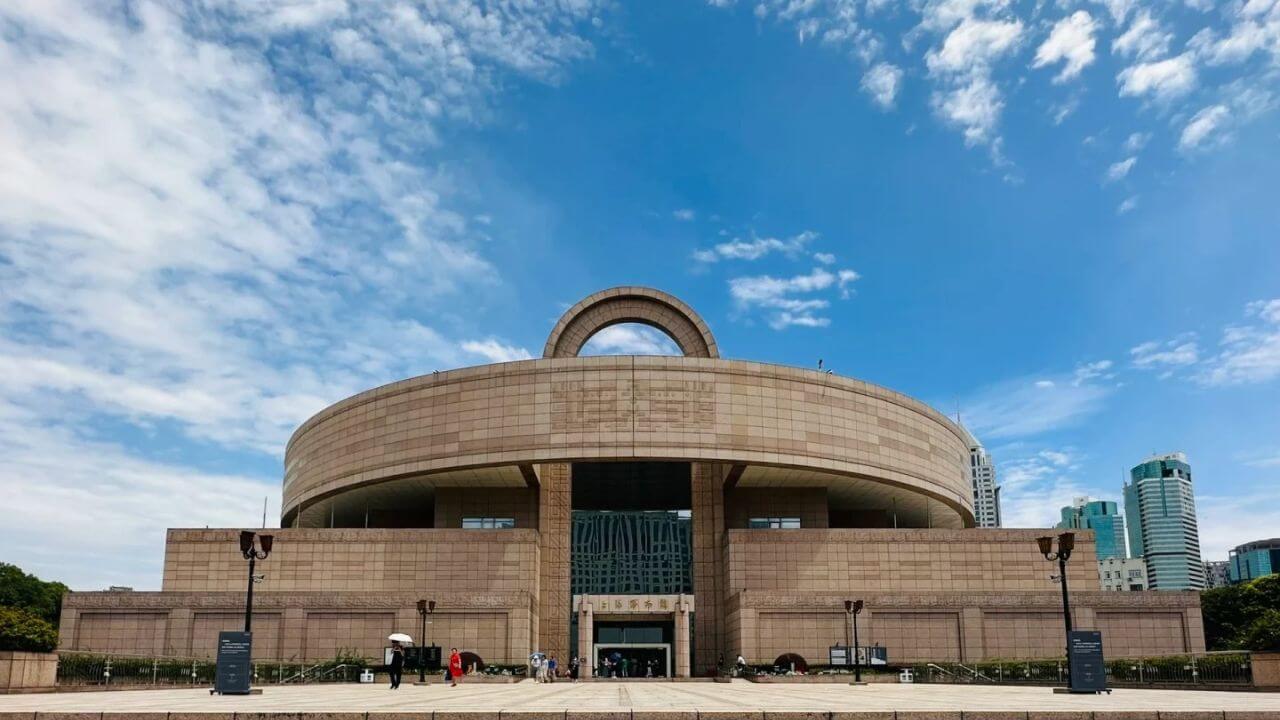
Tips for Travelers from Expert travel guide
- Best Time to Visit: Weekday mornings are less crowded, allowing for a more relaxed experience.
- Admission: Free entry, but bring a valid ID or passport to obtain a ticket.
- Guided Tours: Consider joining a guided tour or using an audio guide to gain deeper insights into the exhibits.
- Photography: Photography without flash is allowed in most areas, but some special exhibits may have restrictions.
- Nearby Attractions: Combine your visit with a stroll through People’s Square or a visit to the nearby Shanghai Urban Planning Exhibition Center.
Travel Tips
- Getting There:
- Metro: Line 1, Line 2, or Line 8 to People’s Square Station, then a short walk to the museum.
- Bus: Multiple routes, including buses 46, 123, and 145, stop near the museum.
- What to Bring: Comfortable walking shoes, as the museum is large and requires extensive walking.
- Facilities: The museum has a café, gift shop, and rest areas for visitors.
- Accessibility: The museum is wheelchair accessible, with elevators and ramps available.
Jade Buddha Temple
The Jade Buddha Temple is one of Shanghai’s most famous Buddhist temples, renowned for its serene atmosphere and exquisite jade Buddha statues. Built in 1882 during the Qing Dynasty, the temple serves as a place of worship and a cultural site, attracting both devotees and tourists alike.
- Location: Anyuan Road, Jing’an District, Shanghai
- Architectural Style: Traditional Chinese
- Chinese Name: 玉佛禅寺 (Yùfó Chán Sì)
What to See and Expect
Jade Buddha Statues:
- Seated Jade Buddha: A stunning 1.9-meter-high statue carved from a single piece of white jade, depicting Buddha in a meditative pose.
- Reclining Jade Buddha: A smaller statue representing Buddha at the time of his death, symbolizing enlightenment and serenity.
Great Hall (Daxiong Baodian):
- The main hall featuring three large golden Buddhas and intricately carved wooden statues.
Hall of the Four Heavenly Kings:
- Houses statues of the Four Heavenly Kings, guardians of the temple, along with a statue of Maitreya (the laughing Buddha).
Hall of the Jade Buddha:
- Dedicated specifically to the jade Buddha statues, this hall is a peaceful space for meditation and reflection.
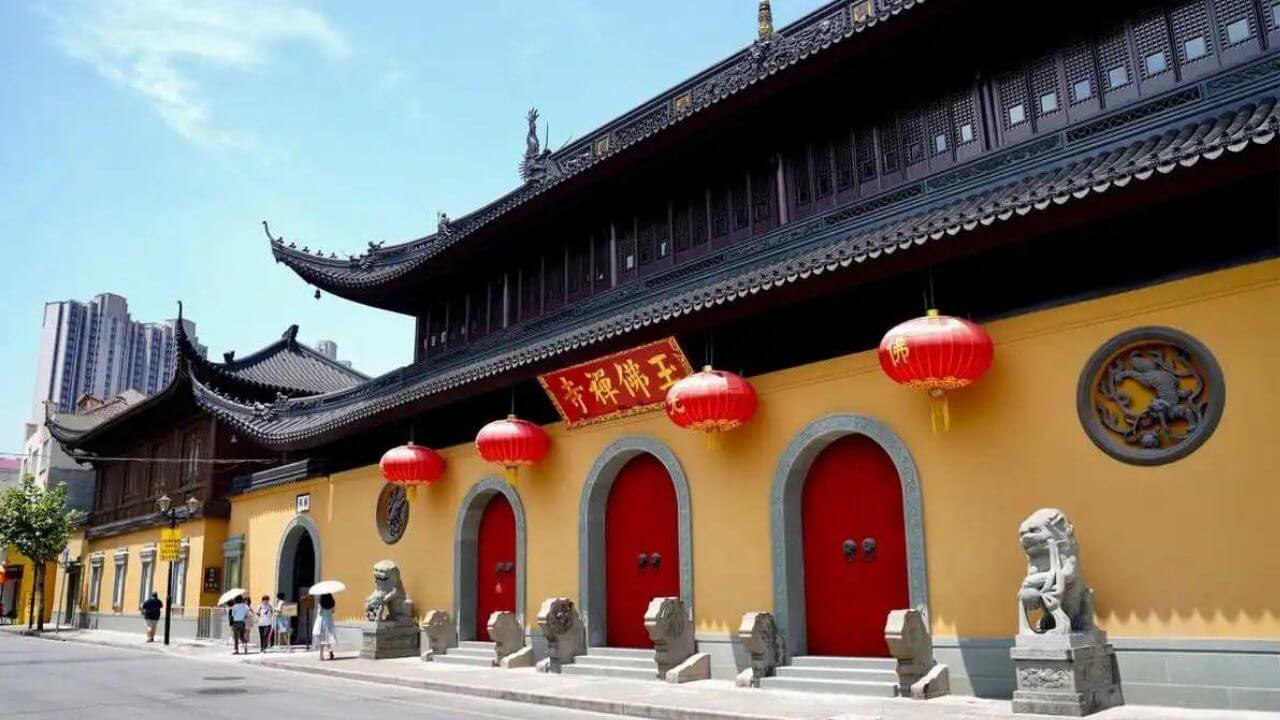
Tips for Travelers
- Best Time to Visit: Early morning to experience the temple’s peaceful ambiance and to avoid the crowds.
- Admission: ¥20 for the main temple, an additional ¥10 for the Jade Buddha Hall.
- Guided Tours: Available and recommended for a deeper understanding of the temple’s history and significance.
- Etiquette: Dress modestly and respectfully, maintain quiet, and refrain from touching the statues.
Travel Tips
- Getting There:
- Metro: Line 13 to Jiangning Road Station, then a short walk to the temple.
- Bus: Routes 19, 206, and 738 stop near the temple.
- What to Bring: Comfortable walking shoes and a camera (photography is allowed in most areas, but flash photography is prohibited).
- Facilities: The temple complex includes a vegetarian restaurant offering a variety of delicious dishes, and a gift shop selling Buddhist artifacts and souvenirs.
Unique Info
- Cultural Significance: The temple is active in promoting Buddhist culture and education, hosting various events and ceremonies throughout the year.
Architectural Features: Look for the beautifully detailed roof carvings and traditional Chinese architectural elements that reflect the temple’s historical roots.

Helen Wang
Travel Advisor & Guide Expert
I started my travel career in 2005 and have since become an expert in Tibet and China’s travel destinations and helping travelers plan unforgettable trips.
For expert travel advice to China or Tibet, feel free to contact me.